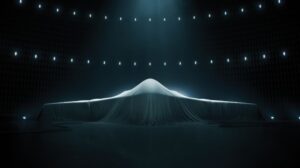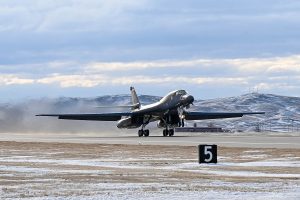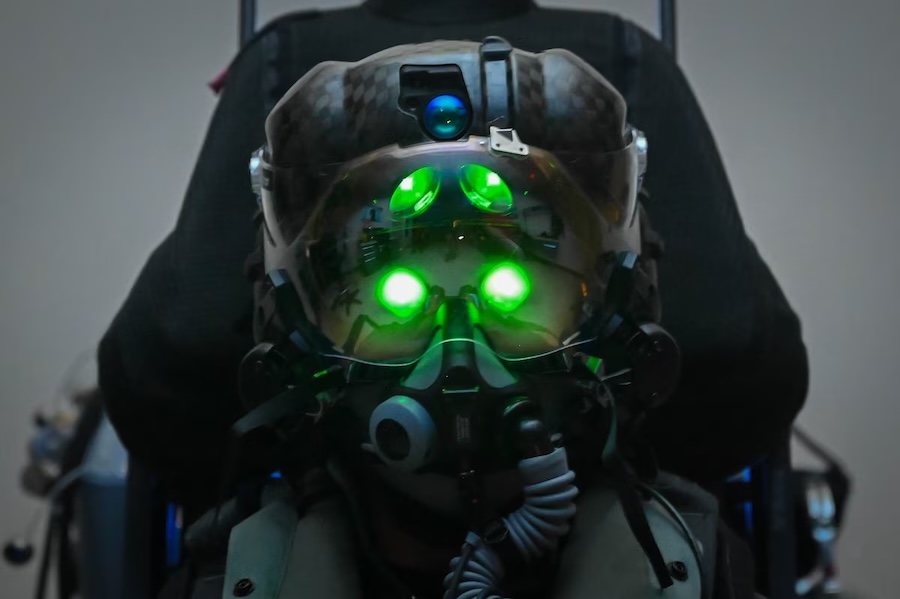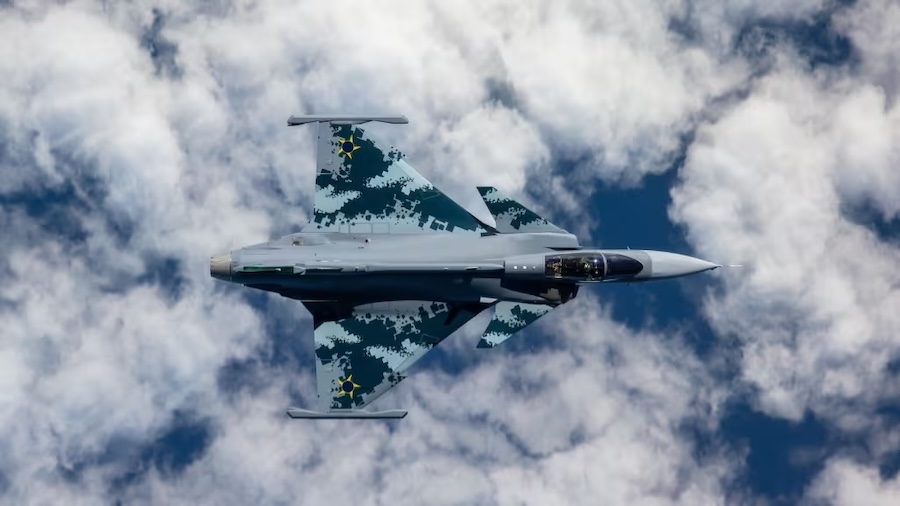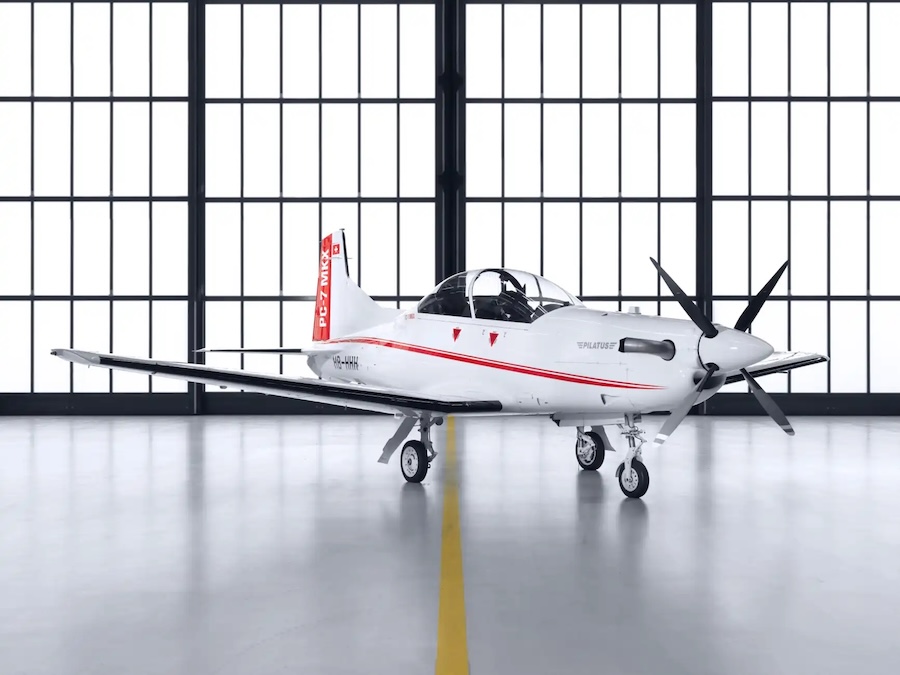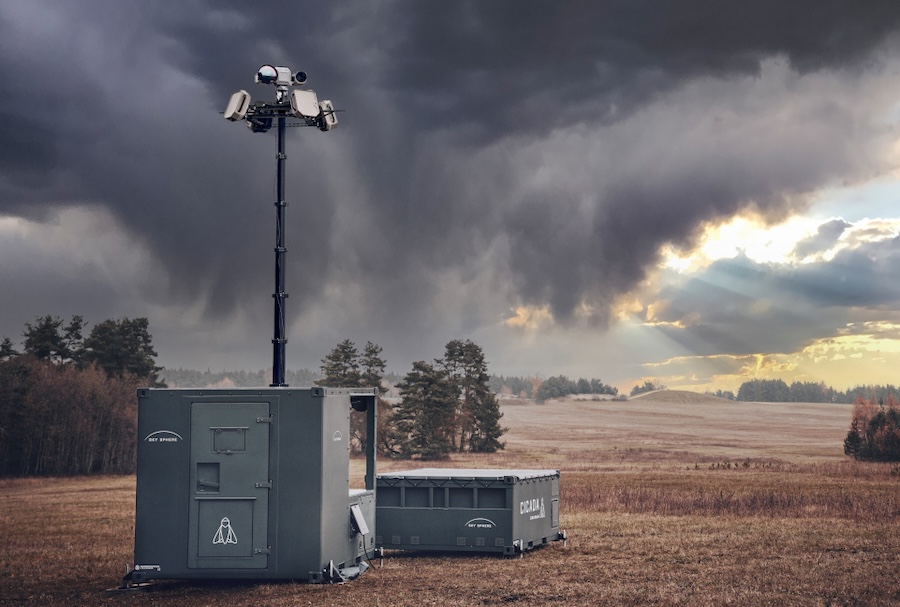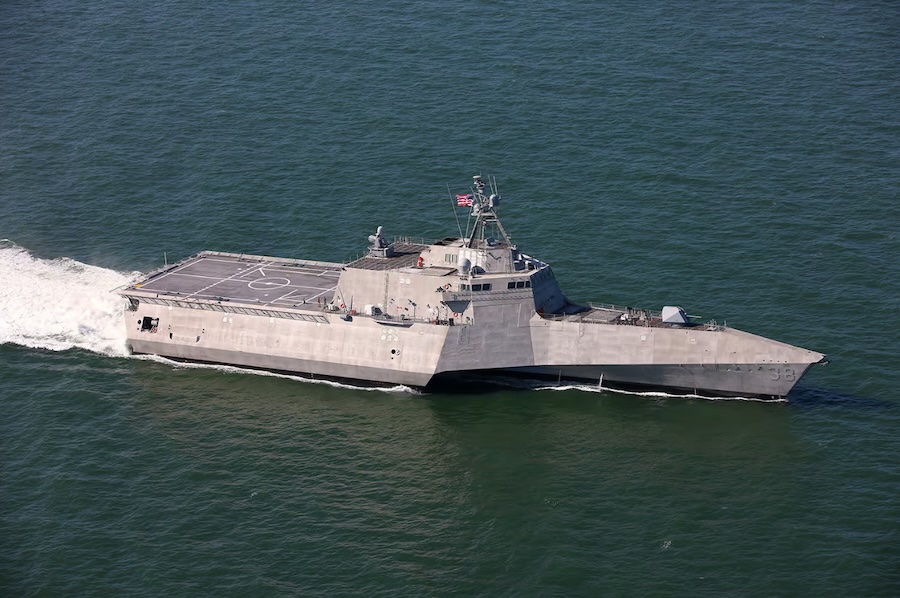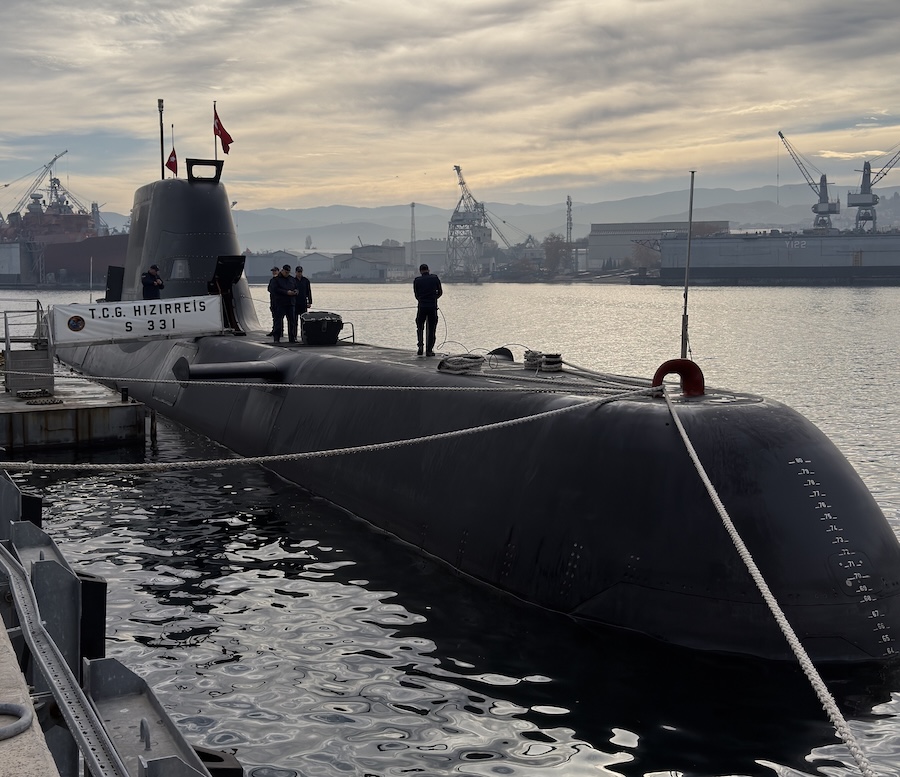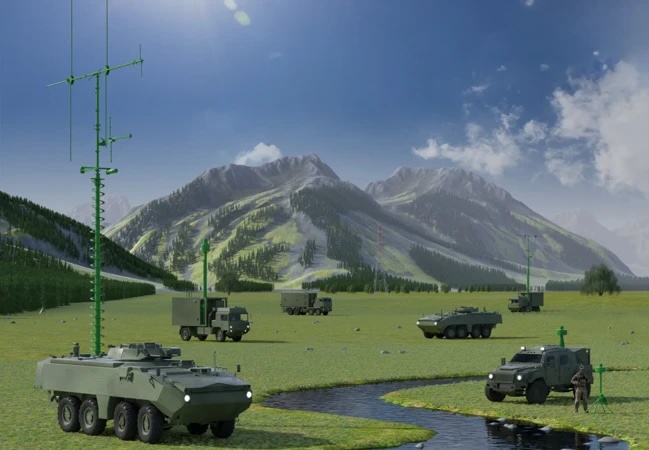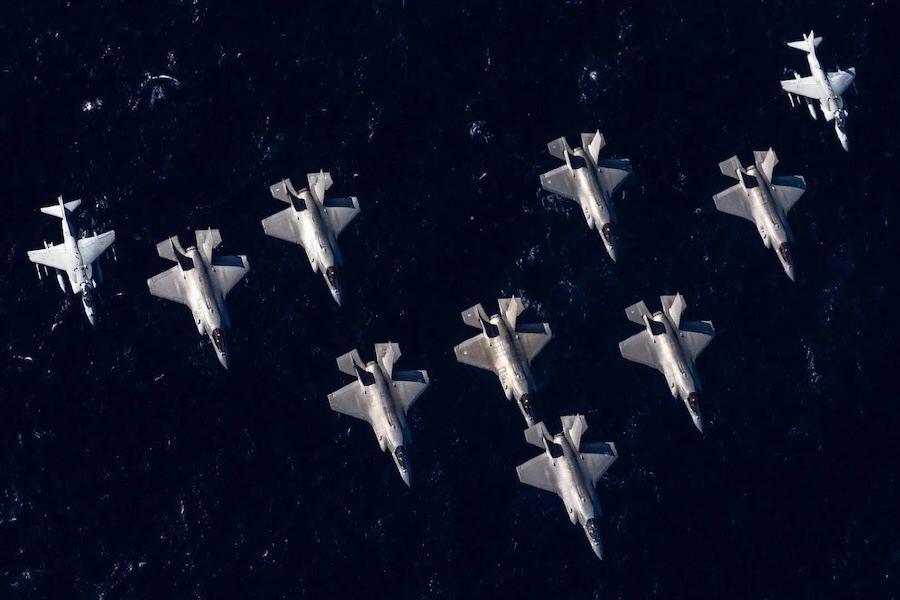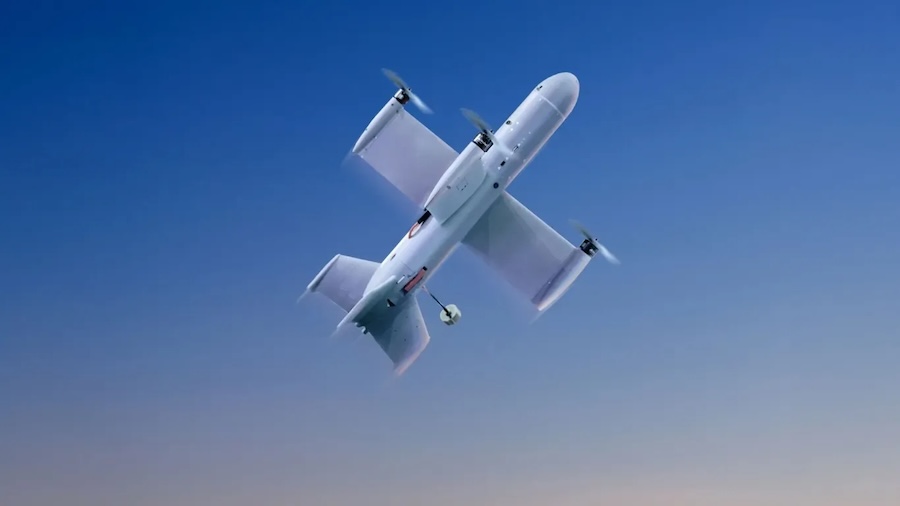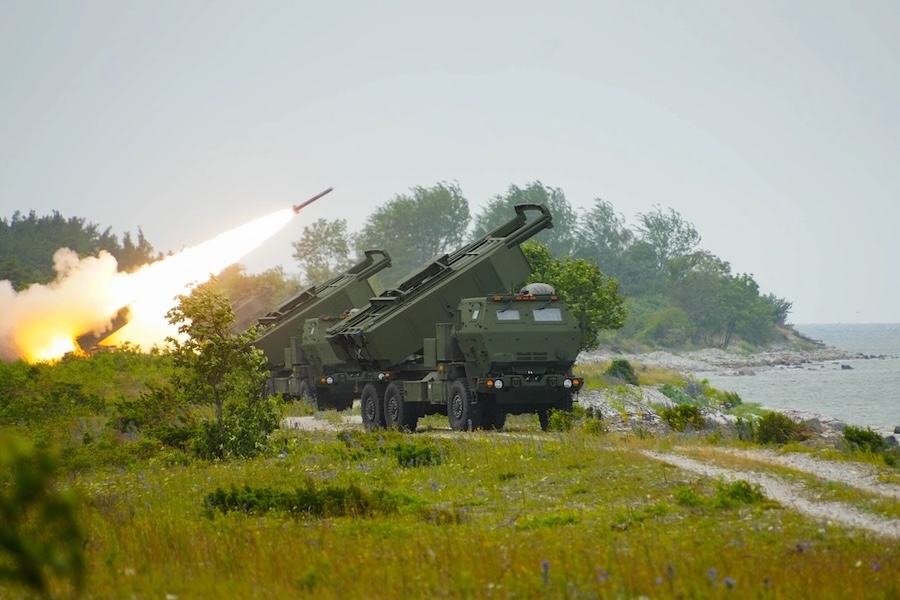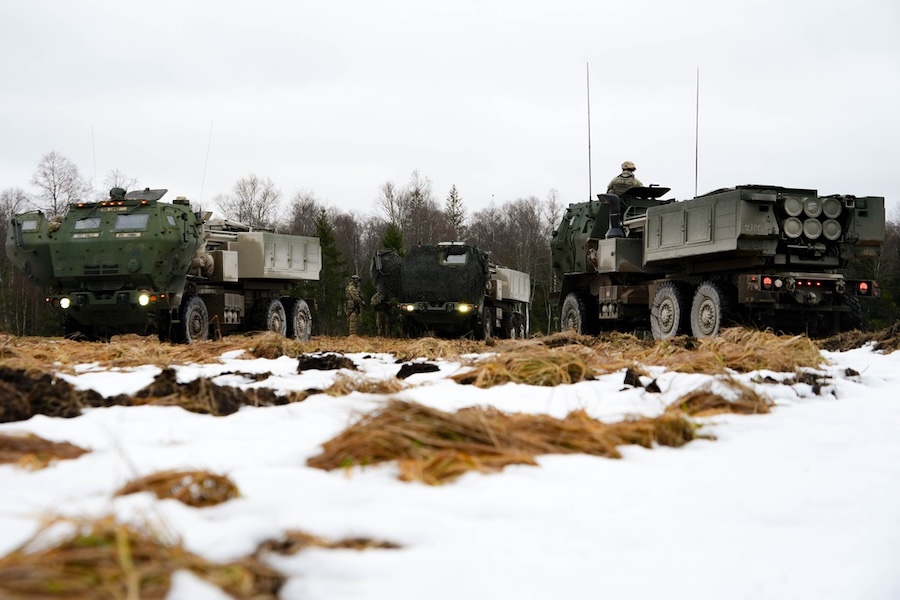The current programme of record is 100 aircraft, but Pentagon leaders, STRATCOM and senior Air Force officials have all suggested the figure should increase. Lt. Gen Andrew Gebara, deputy chief of staff for strategic deterrence and nuclear integration, said the eventual total will depend on STRATCOM’s assessment.
“But it’s important to remember this is also the backbone of our conventional force,” Gebara said during an Aug. 27 Mitchell Institute for Aerospace Studies event. “We aren’t building out B-21 numbers only for our triad, we’re also building it out for our long-range strike capability.”
Gebara noted that today’s bomber force is configured for short-duration operations. “Our bomber force right now is optimized for raids and small-scale, a few nights at a time (operations),” he said. “There’s no guarantee that’ll be the case in the future.”
Testing of the B-21 is in its early phases, with the second aircraft expected to fly by the end of the year following the first flight in November 2023. Other test aircraft remain in ground evaluations, with Gebara stressing that progress will be “event-based.”
“We’re not going to ever give them an artificial date that they have to make if it doesn’t bring the test program along to where they need to be,” he said. The final decision on fleet numbers is not required soon, given the early stage of production.
Congress is considering increased spending to accelerate production once needed, a move Gebara said could “go a long way to help us facilitate and get to the point where we can build this thing at scale.” He added that the attention shows lawmakers have confidence in the programme’s trajectory.
“We’ve done a lot of work to hold changes to the minimum to allow the program office and the contractor to get after it, and it’s paying dividends,” Gebara said. The B-21 is planned to carry the nuclear Long-Range Standoff Weapon, now in testing, with four flight trials conducted so far this year.
Source: Aviation Week.








